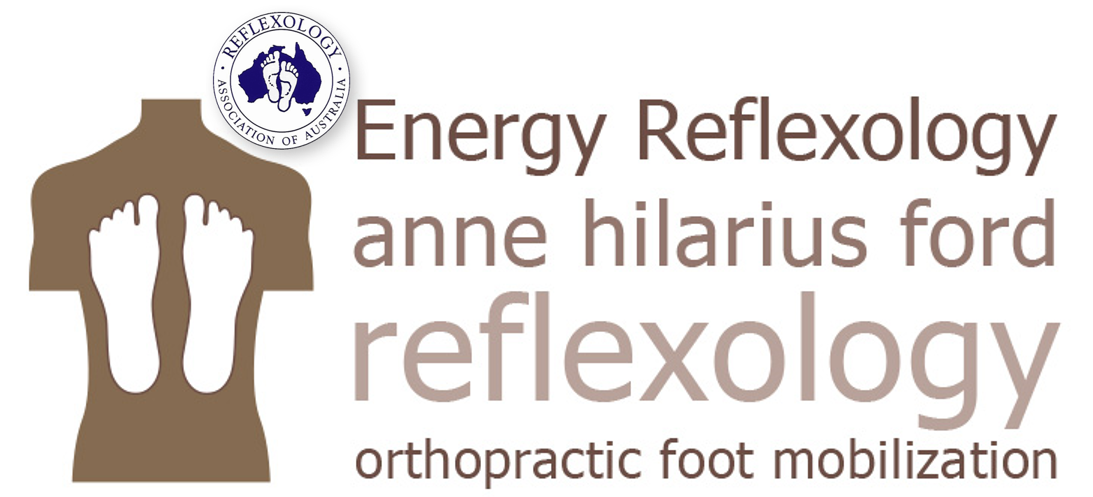Pain Eased by Reflexology

WHAT IS PAIN?
A general definition of pain is one that is a localized or generalized unpleasant bodily sensation or complex of sensations that causes mild to severe physical discomfort and emotional distress and typically results from bodily disorder (such as injury or disease)
Back pain is most common
Back pain is pain felt in or along the spine or muscles around the ribcage and/or around the hips. This can be caused by either nerve signals, muscles, bones, joints or other parts of the spine. It is usually characterized by dull, continuous pain and tenderness in the muscles or their attachments in the lower back, from the waist to the base of the spine between the bottom cheeks.
It can appear very quickly, like a sharp stab and can then disappear but sometimes it will come back briefly when moving in a way that irritates the concerned area or it can stay or move to another related area. It becomes chronic when it has been there for a while. It often radiates to other part of the body, often to one or both legs, as the sciatic nerve is affected. The pain may be a dull ache, or a sharp or piercing or burning sensation.
Eight in 10 adults will have back pain at some point. Most back pain can’t be pinpointed to a specific area or even what caused it, such as an injury.
ANALGESIC EFFECT OF REFLEXOLOGY
Studies have been conducted to show how Reflexology affects pain and it has been shown to have Analgesic Effects, including on Patients Undergoing Surgical Procedures1
There are dentists who use the services of a Reflexologist as they work on their patient. This not only helps the patient to relax more deeply but it also helps to dull the discomfort and/or pain of the dental procedure.
So how can Reflexology help pain relief? All in all, the wonderful effect of Reflexology, is that it is deeply, deeply relaxing at all times which means that the stress caused by pain is already reduced as all tissues in the body relax.
It doesn’t’ matter if the pain or back pain is sporadic or chronic, Reflexology gives short-term and long-term relief.
I have seen clients with knee pain, back pain, muscle, joint pain, etc. As the reflex is worked on the foot, it is usually very tender if not painful. Once that reflex is located, it is worked, and connected areas are considered and worked also. This means that when presenting with lower back pain, neck, shoulders, upper back and the leg reflexes are also worked as these are all connected.
Hormones and Pain
The hormonal system, also known as the endocrine system, is also involved when there is pain in the body2
When pain is uncontrolled there is increased stress in the body and this stimulates the pituitary and hypothalamus glands, which are the conductors of the hormonal system. This includes the adrenals, the thyroid and the ovaries that are then prompted to respond and produce their specific hormones.
The adrenals produce adrenaline and a rush of it helps the body to feel less pain3. It also helps with the fight and flight mode where it
- gives muscles a boost of energy
- prompts the heart to beat faster
- helps lungs to breathe faster
EMPOWERING THE BODY TO FIND PLEASURE IN PAIN RELIEF
Reflexology and Hormones
So how can reflexology help pain reduction?
As all reflexes on the feet are worked, all, and by that, I mean all body structures are worked.
As mentioned earlier, Reflexology has analgesic effects, it helps dull and ease pain, it has also been shown to improve fertility rates. For a high percentage of couples who had tried to conceive for many months, if not years, Reflexology treatments resulted in a pregnancy as hormones were balanced4.
Pain Reflexology
Mauricio (Moshe) Kruchik developed an innovative method based on creating pleasure to fight pain. Reflexology in Motion looks at The Healing Triangle. This involves balancing the endocrine system as this is the system that promotes change in the body through the release of hormones and it calms the nervous system. The third step is to assess the connective tissue around the painful reflex on the foot and work around it to calm the painful spot.
After identifying where the pain is, this technique uses movement whilst the reflexes are worked. Breathing into the action is an important part of it as it increases the flow of oxygen rich blood and it turns on the parasympathetic nervous system which is responsible for the activation of the rest-and-digest activity when the body is relaxed.
CONCLUSION
Pain is a biological experience all human beings experience in their lives. Pain touches on the nervous and endocrine systems, both respond when pain is triggered due to an injury, overstretching, etc. It is beneficial also to release the connective tissue that touches on all tissues in the body, just like a spider web.
Reference
1. Attias et al. (2018). Analgesic Effects of Reflexology in Patients Undergoing Surgical Procedures: A Randomized Controlled Trial. NCBI Resources: Pub Med, 24(8):809-815. doi: 10.1089/acm.2017.0167. Epub 2018 Jun 8
2. Aloisi, A.M., Vodo, S. & Buonocore, M. Pain and thyroid hormones. Neurol Sci 34, 1501–1508 (2013). https://doi.org/10.1007/s10072-013-1440-7
3. Sissons, C. (2018). Medical News Today. Retrieved from https://www.medicalnewstoday.com/articles/322490#takeaway
4. Reflexology for Infertility. Reflexology Research. Retrieved from http://www.reflexologyresearch.net/ReflexologyInfertilityResearch.shtml
5. Kruchik, M (2015). The Kruchik Method for the Treatment of Pain. Empowering Pleasure. Course Notes

